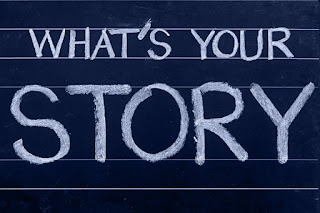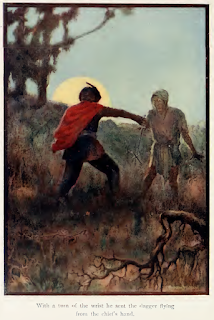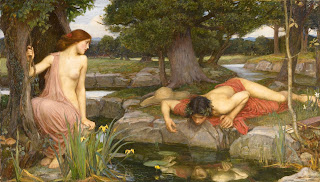Story Lab: TedTalk Videos

TedTalk Videos For this story lab I watched the ted talks The Danger of a Single Story and Imaginary Friends anD Real-World Consequences: Parasocial Relationships. I enjoyed these videos because both speakers told their stories while exposing cultural norms, stereotypes, and relationships from different points of view. Because I have already watched The Danger of a Single story I focused more on the second TedTalk. I found the TedTalk by Jennifer Barnes interesting because I enjoy reading fictional books for pleasure and can understand how you can get invested in the book and the characters lives. These parasocial relationships are present in everyday life not only with books, but also movies, TV shows, and even celebrities in real life. Story: pixabay








